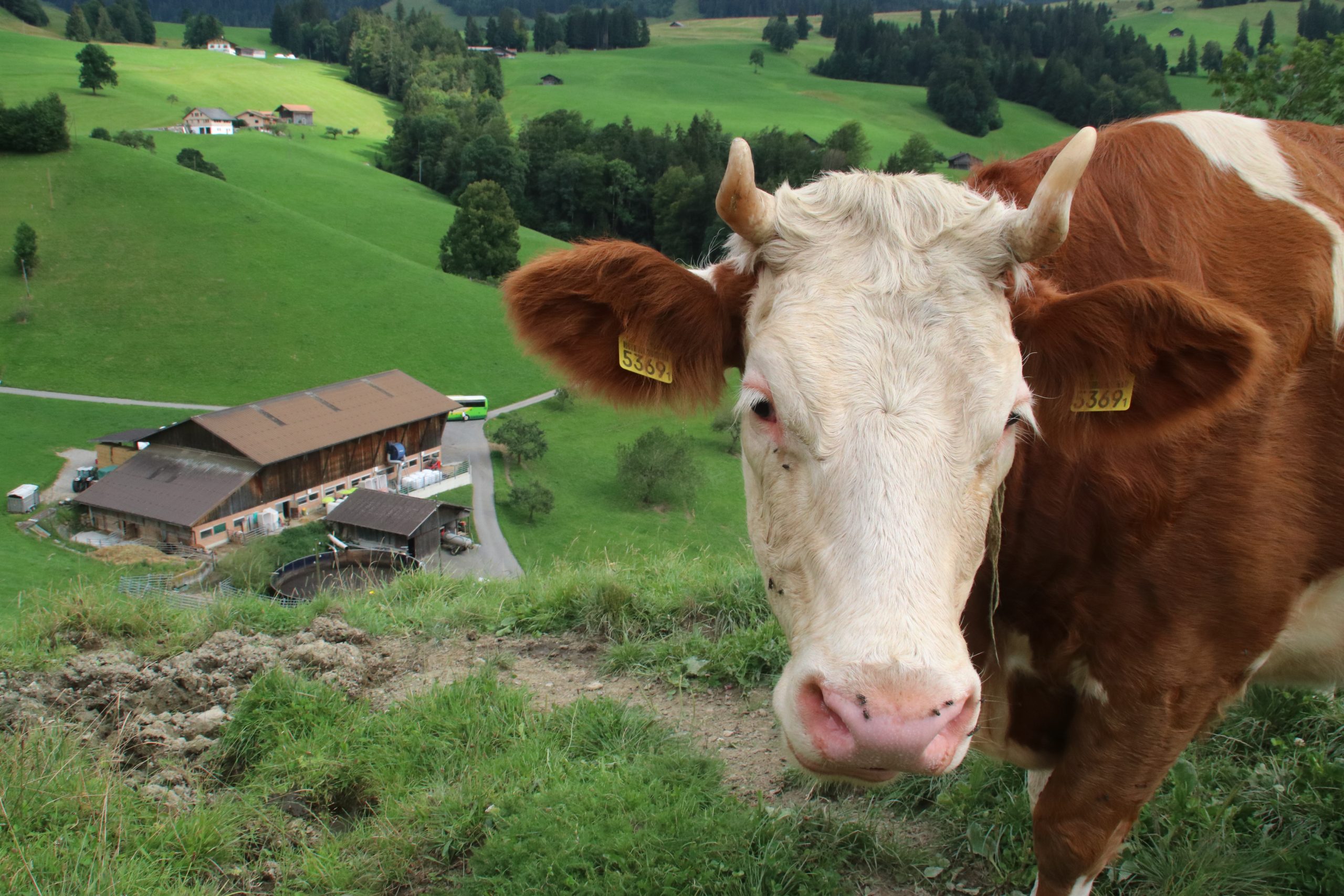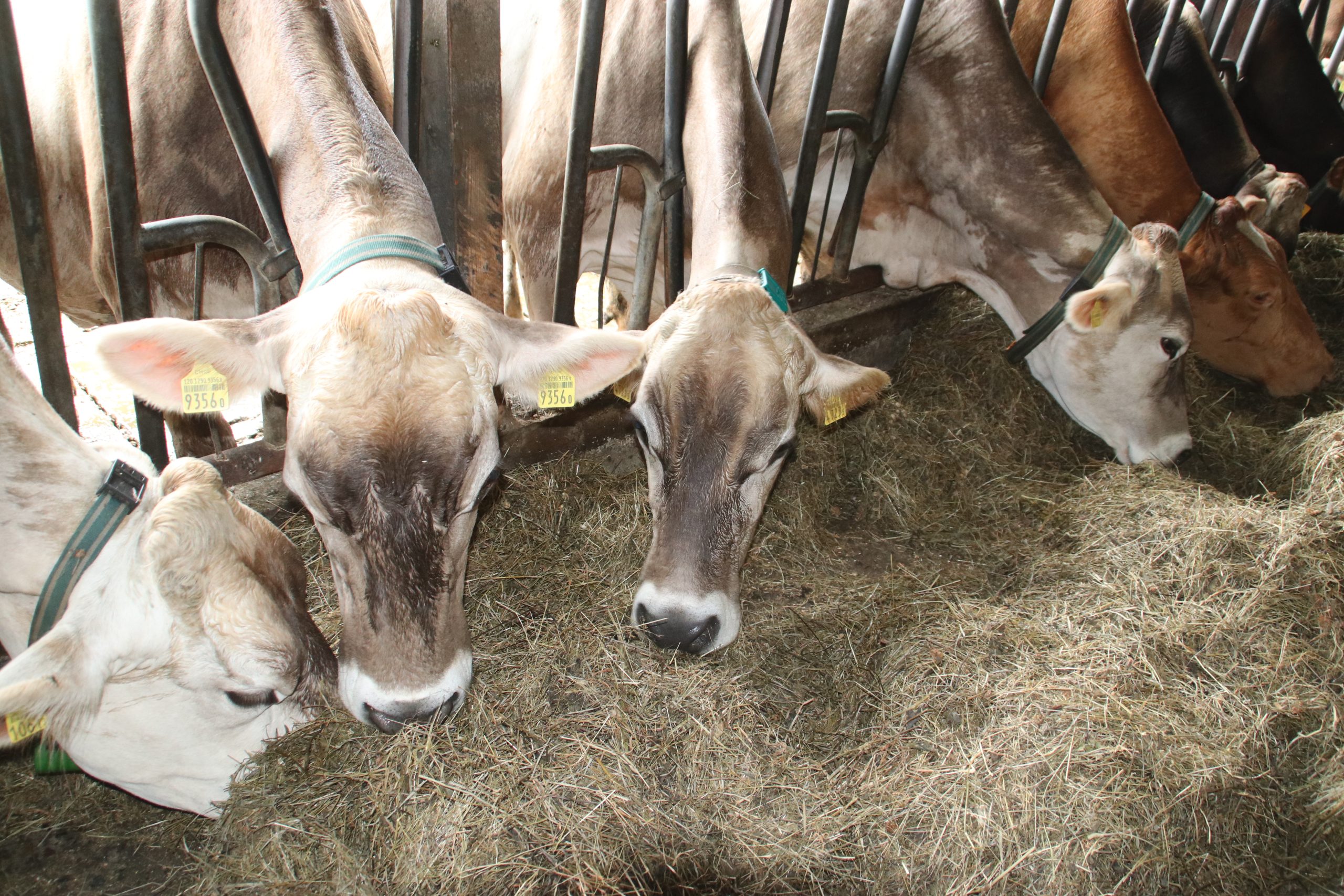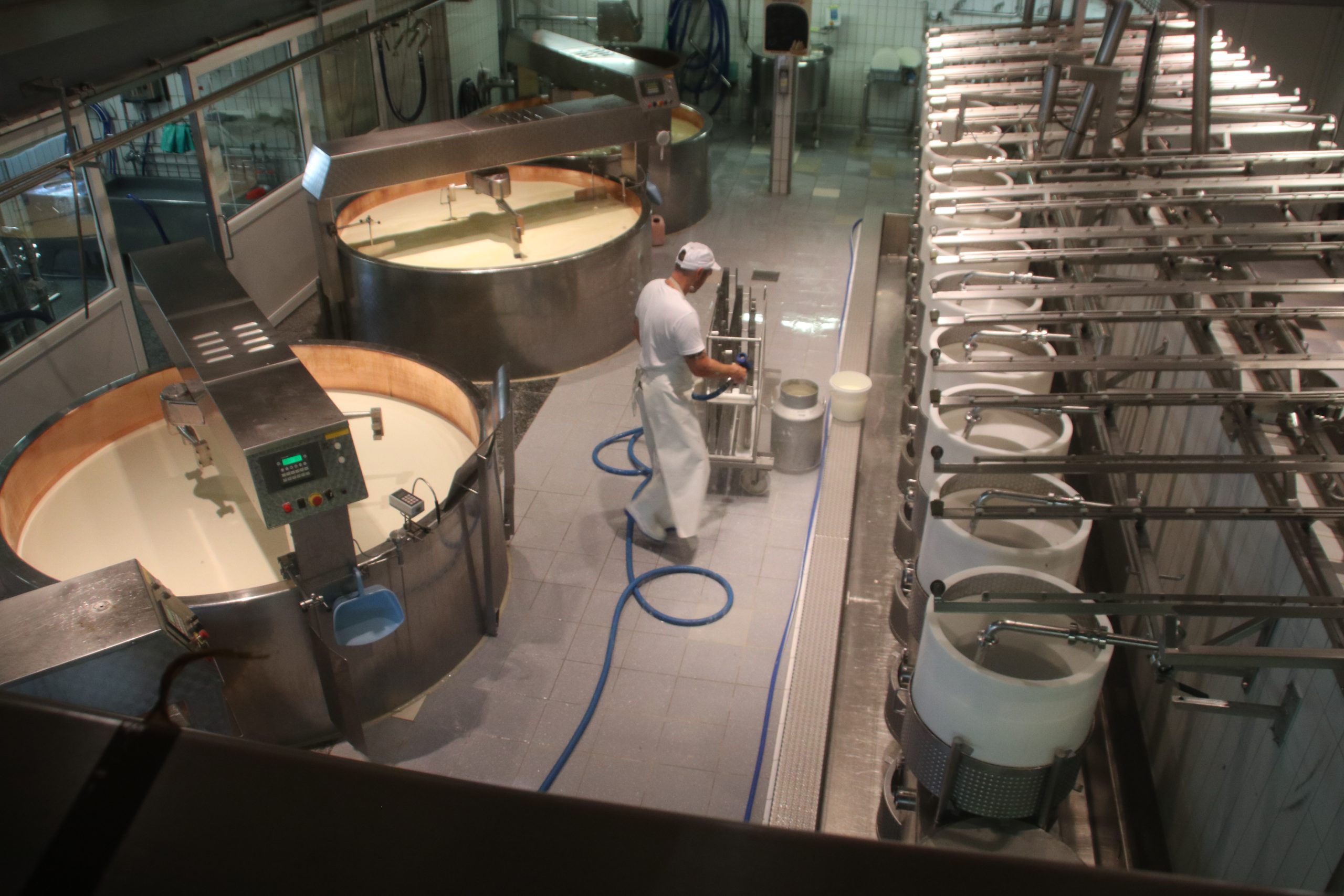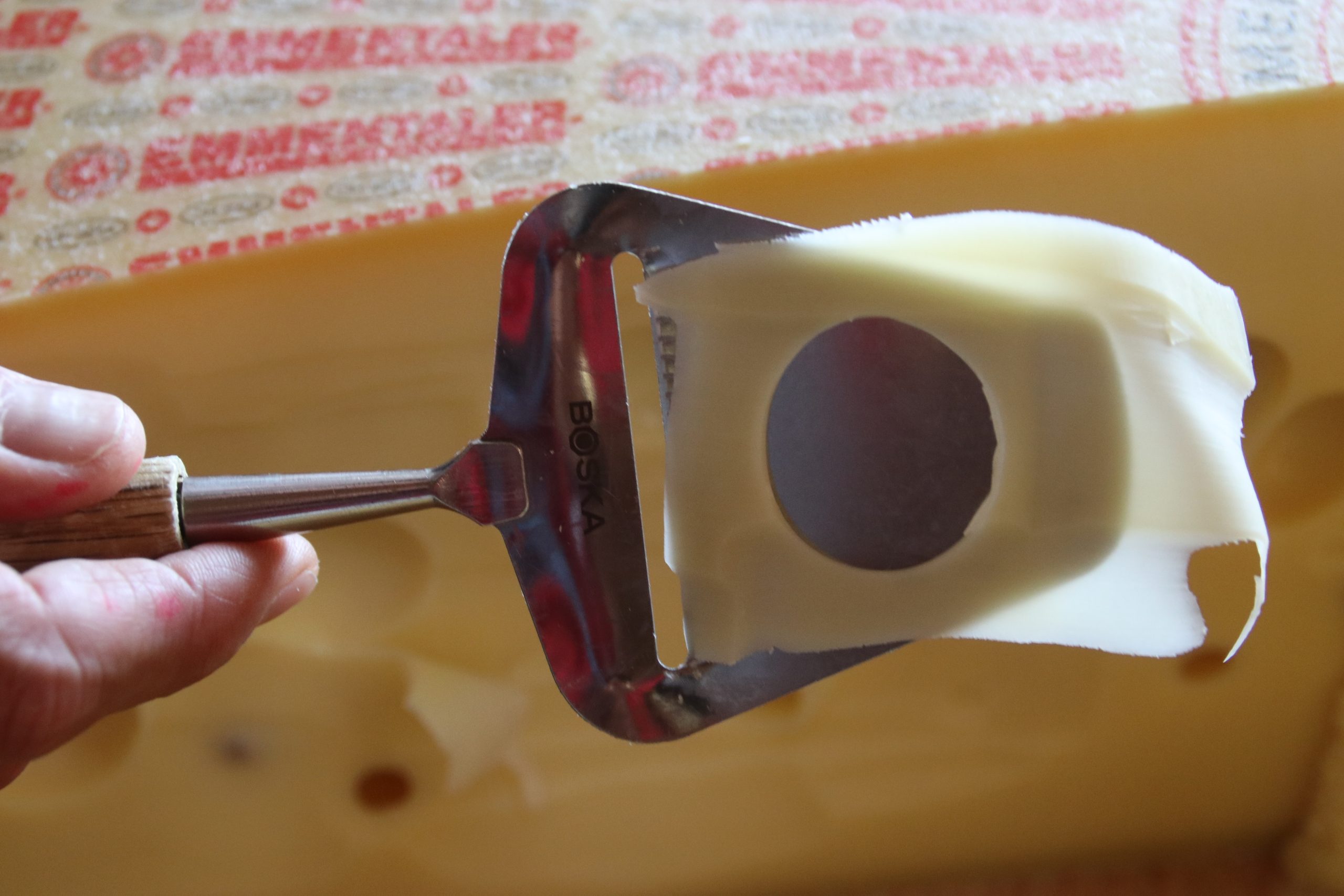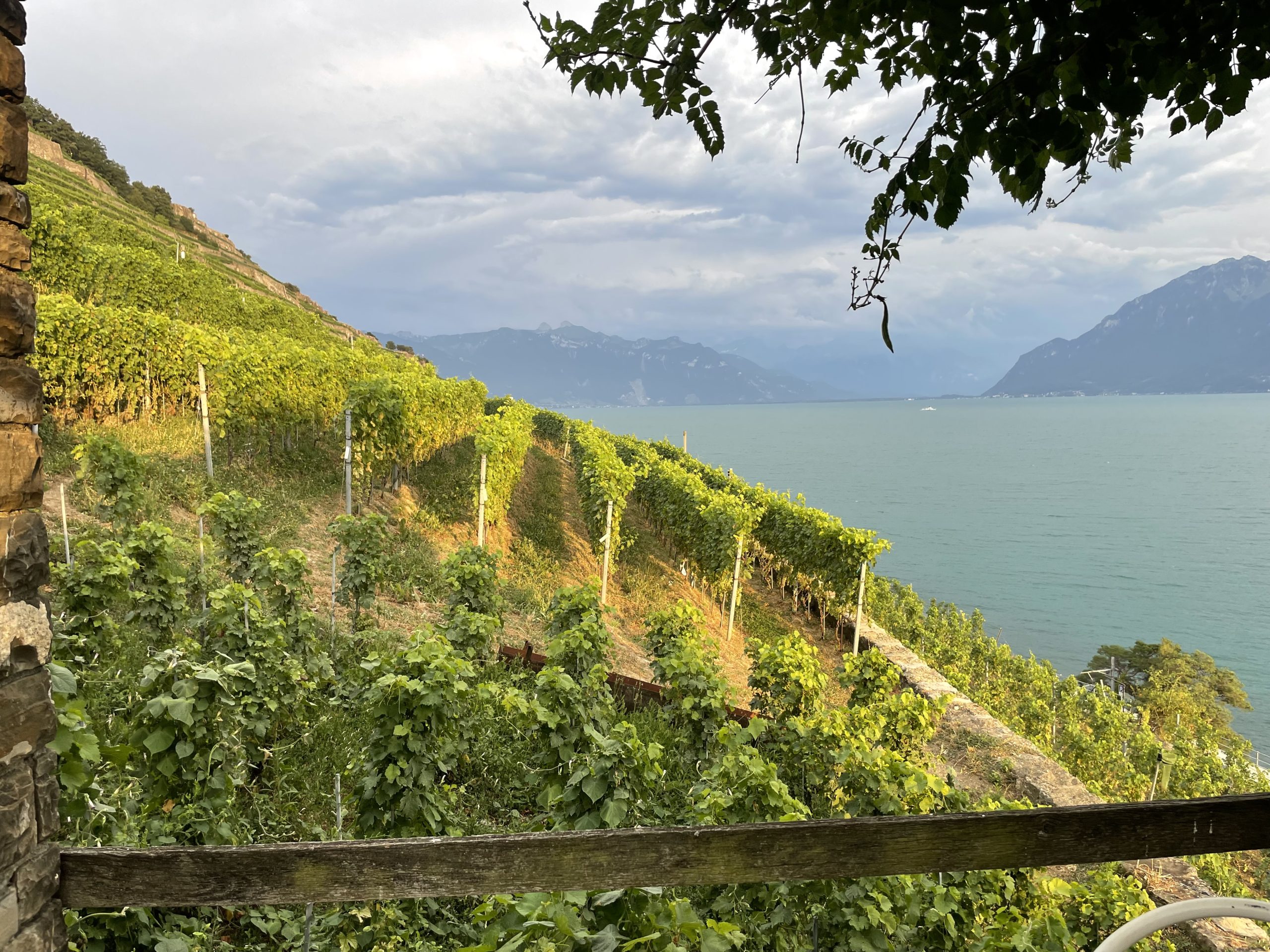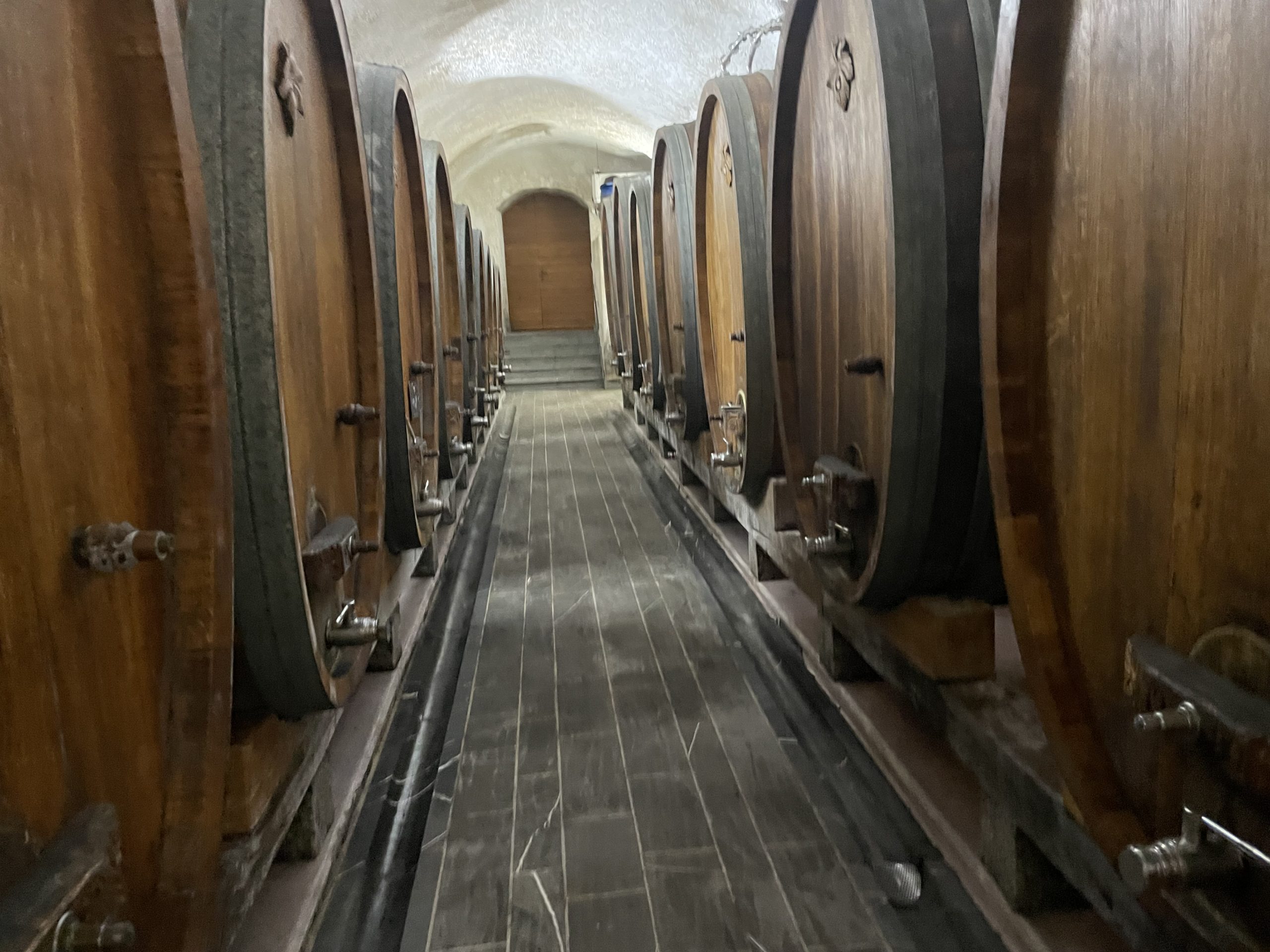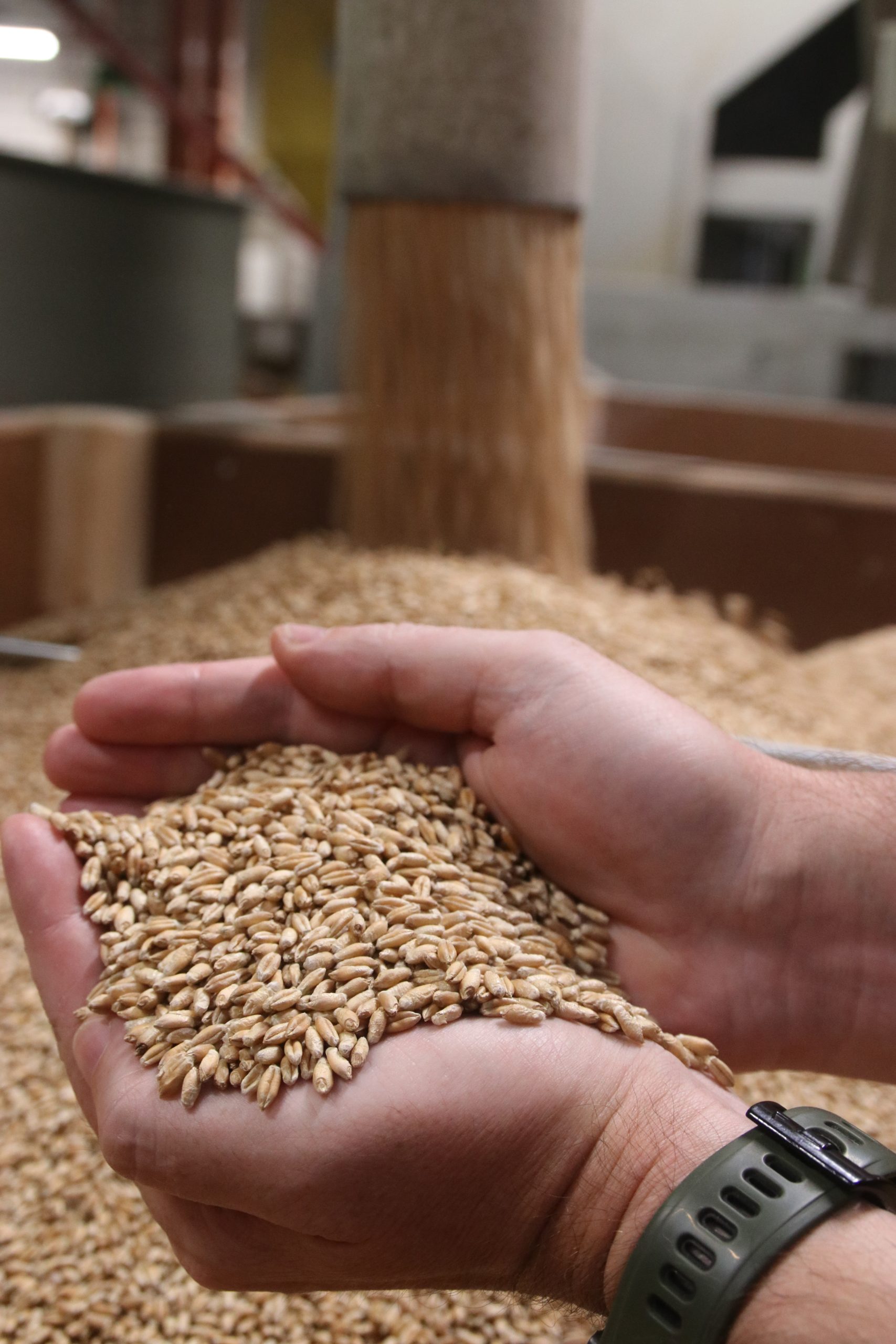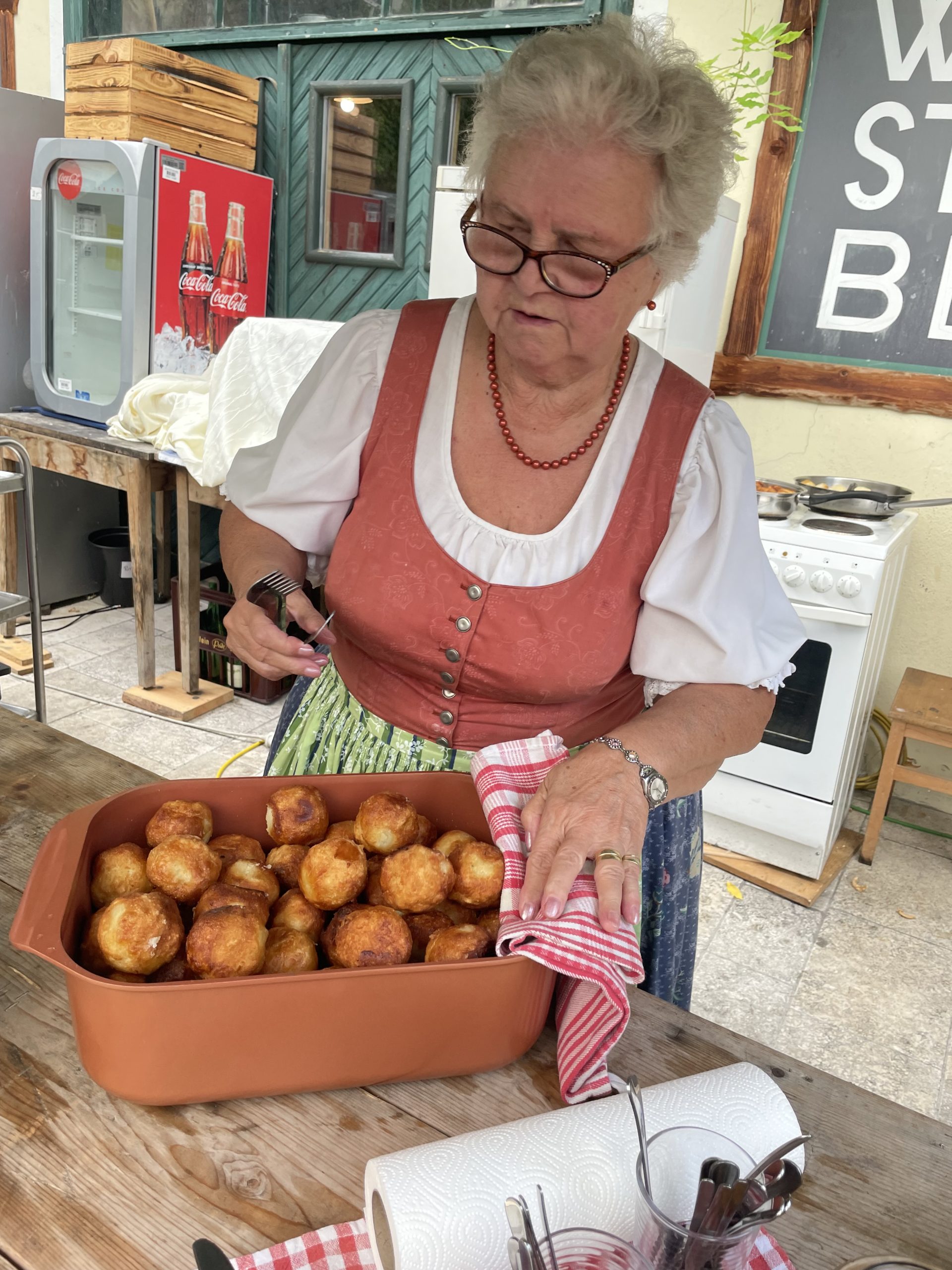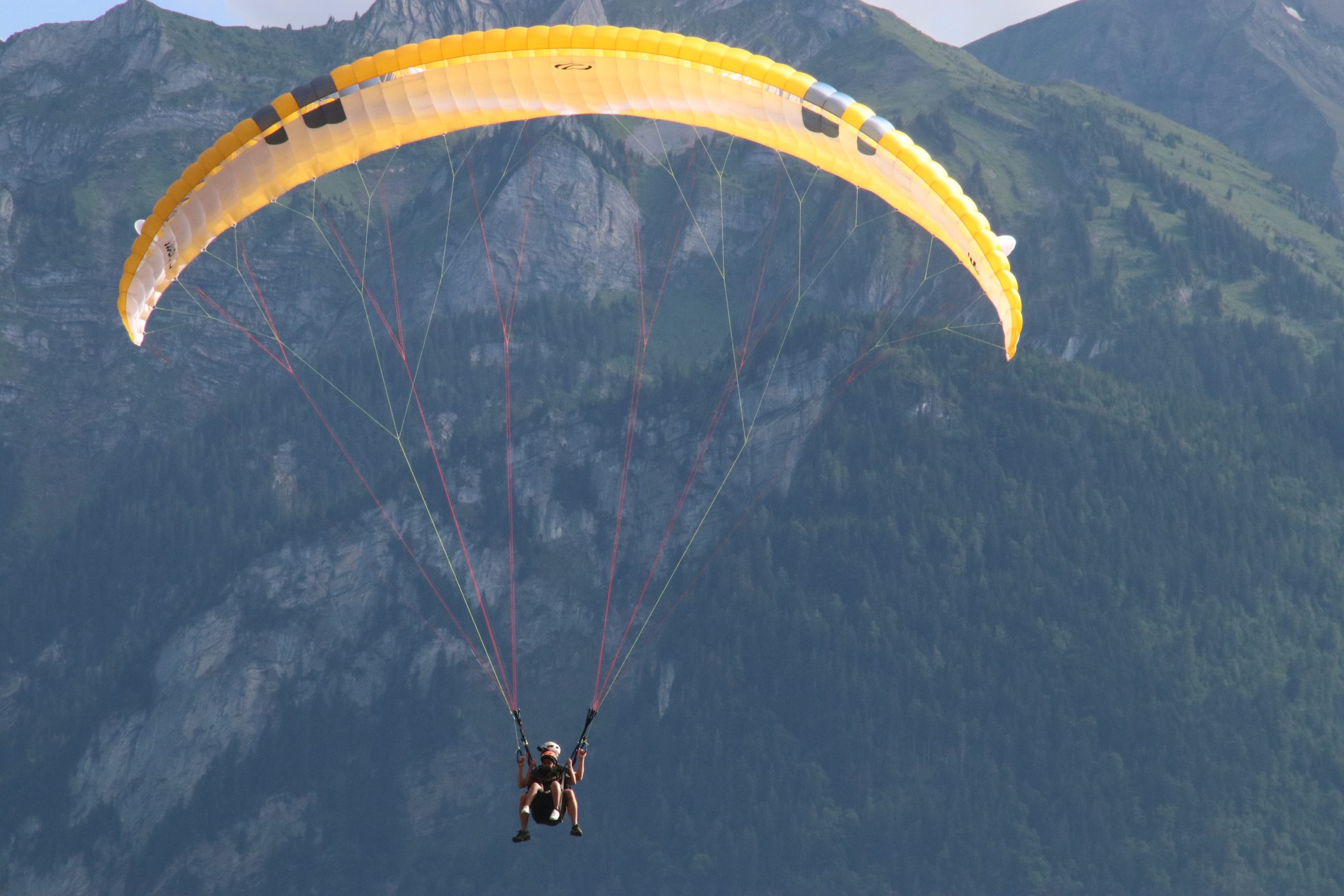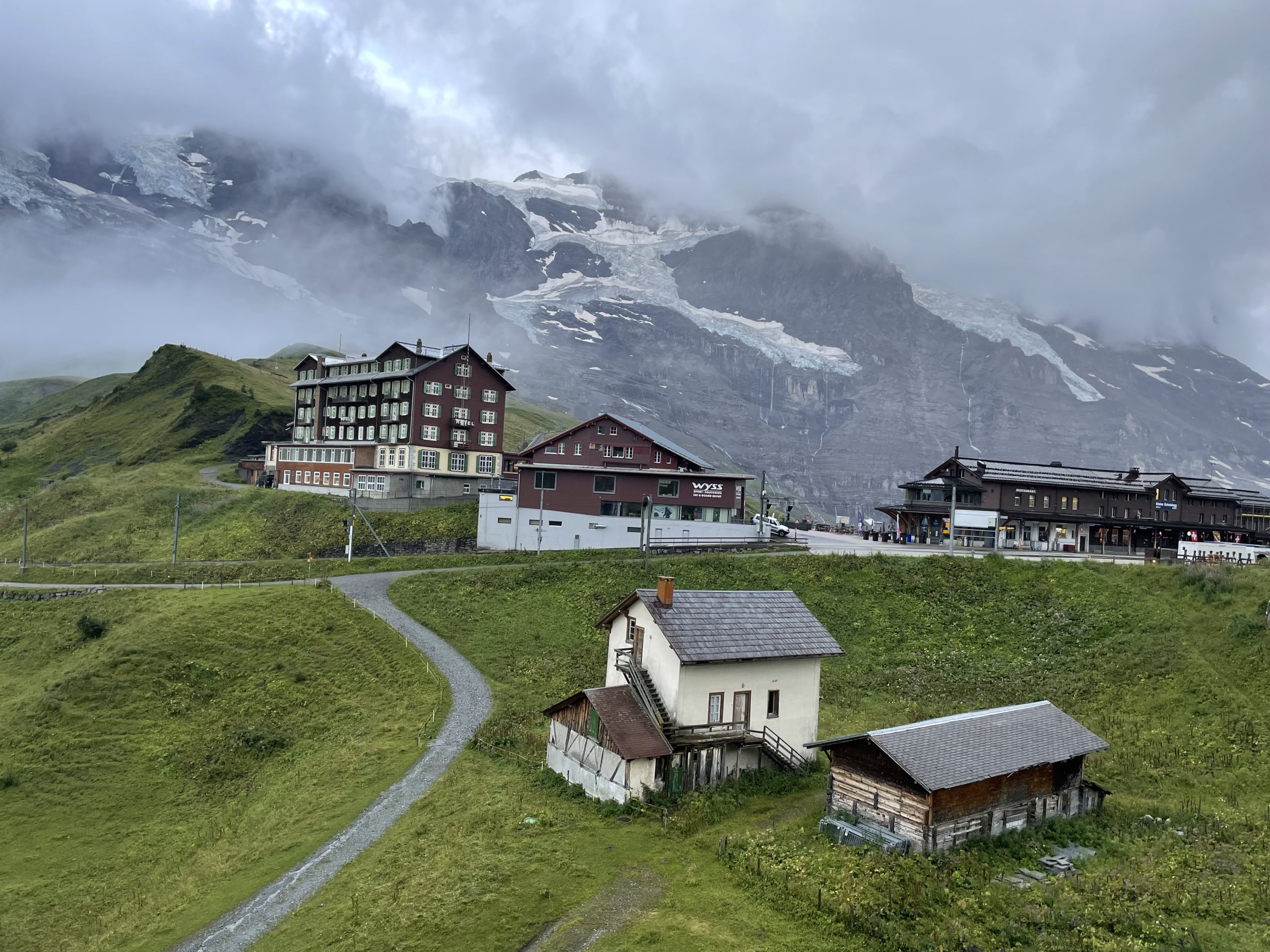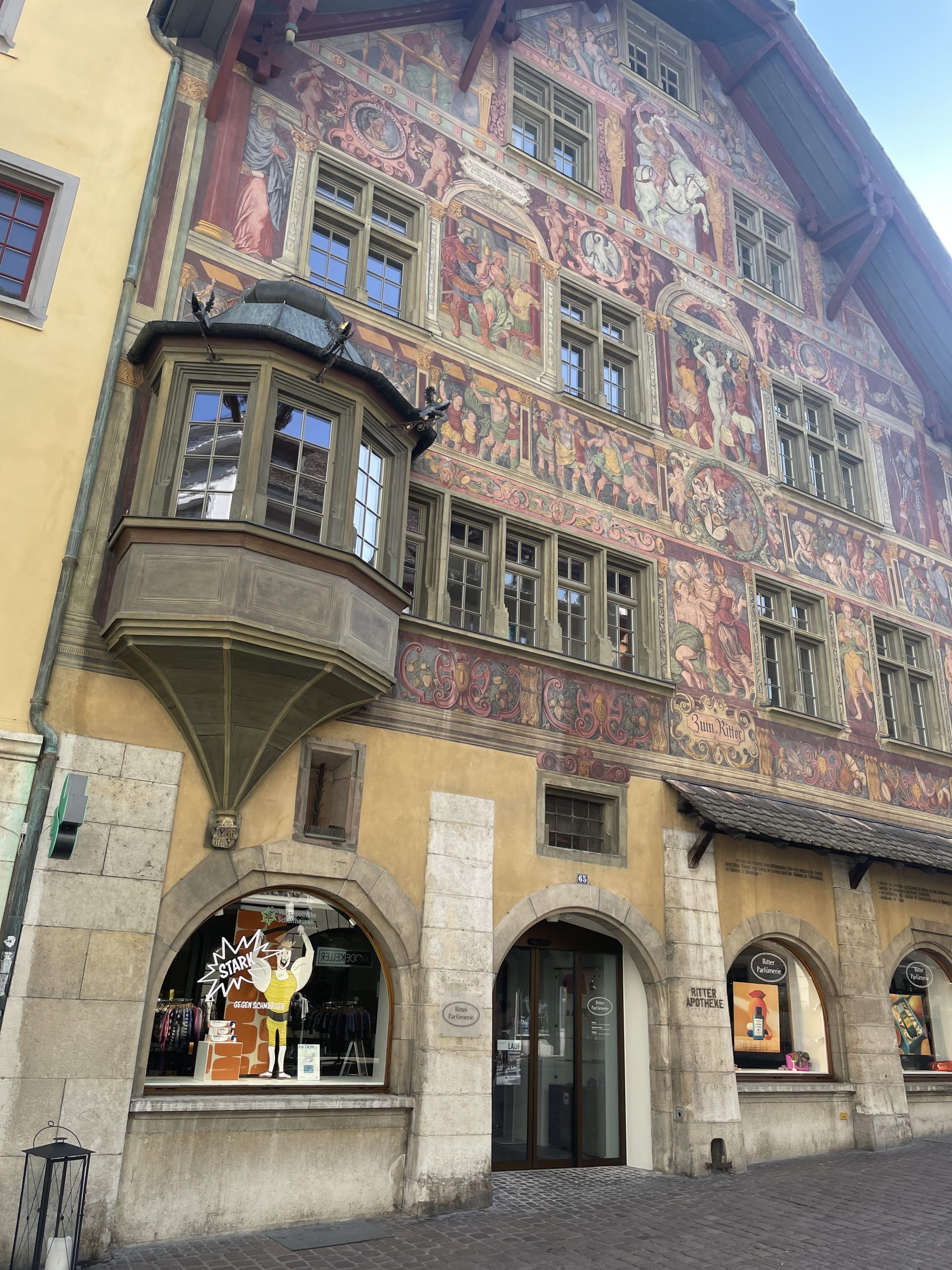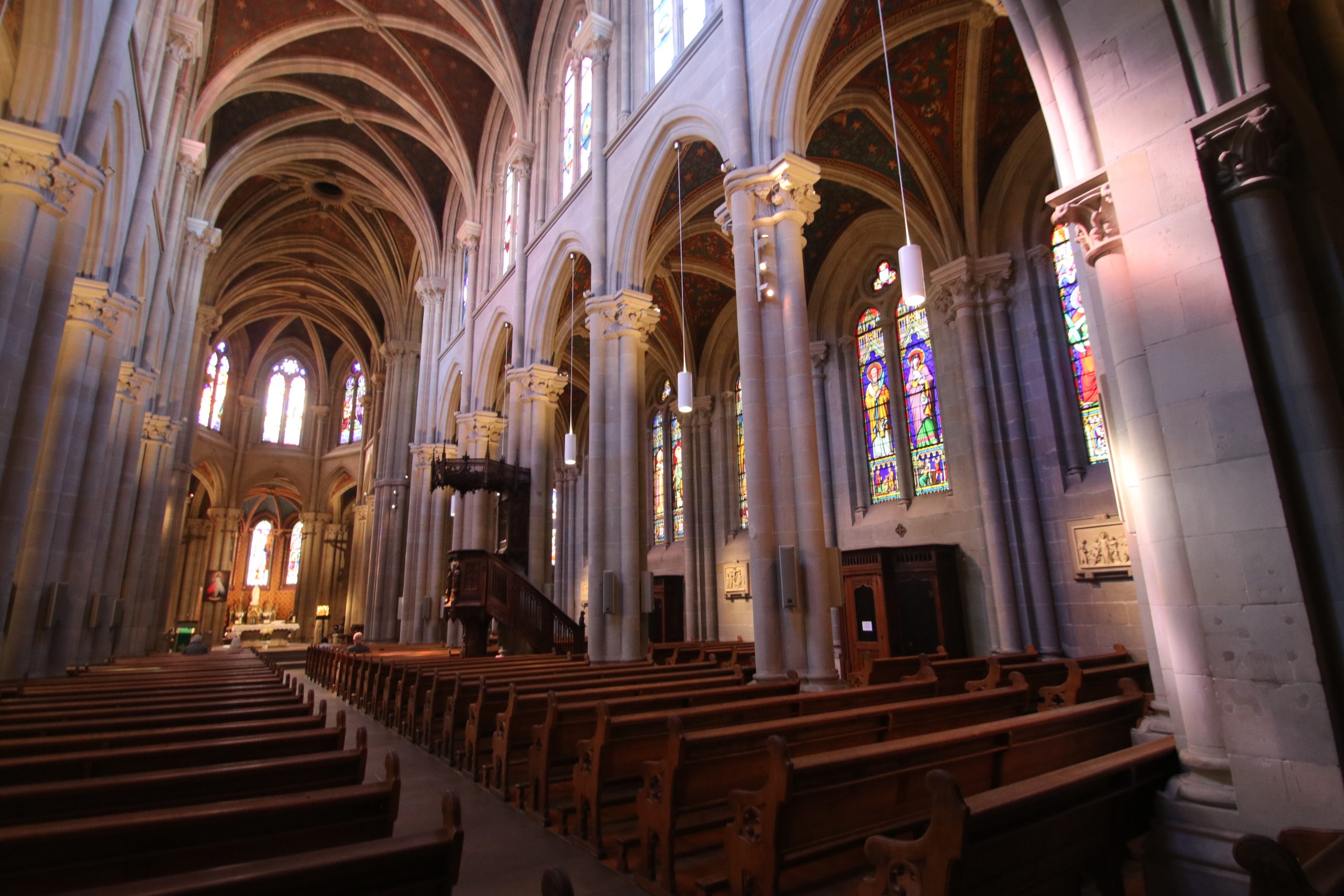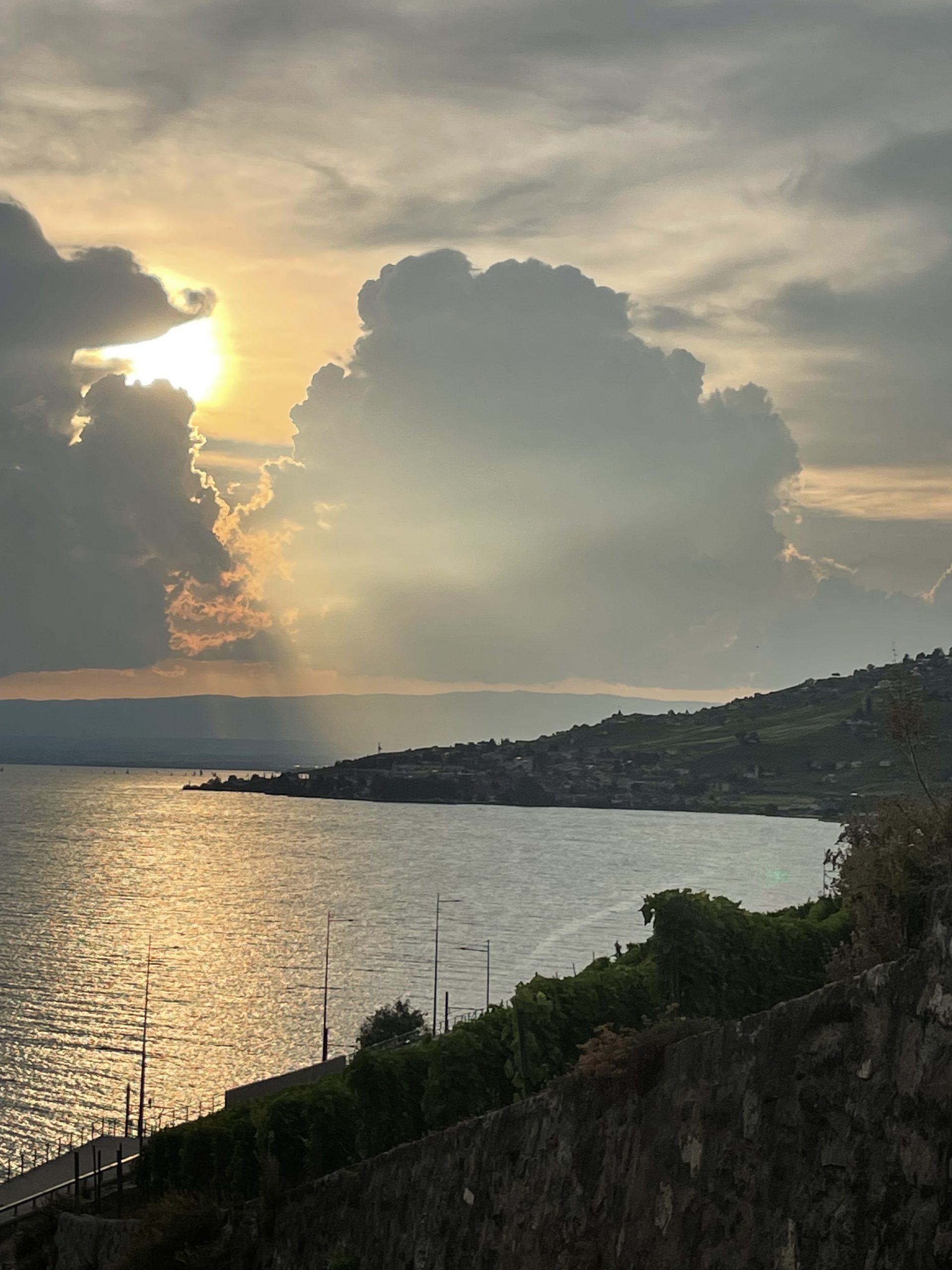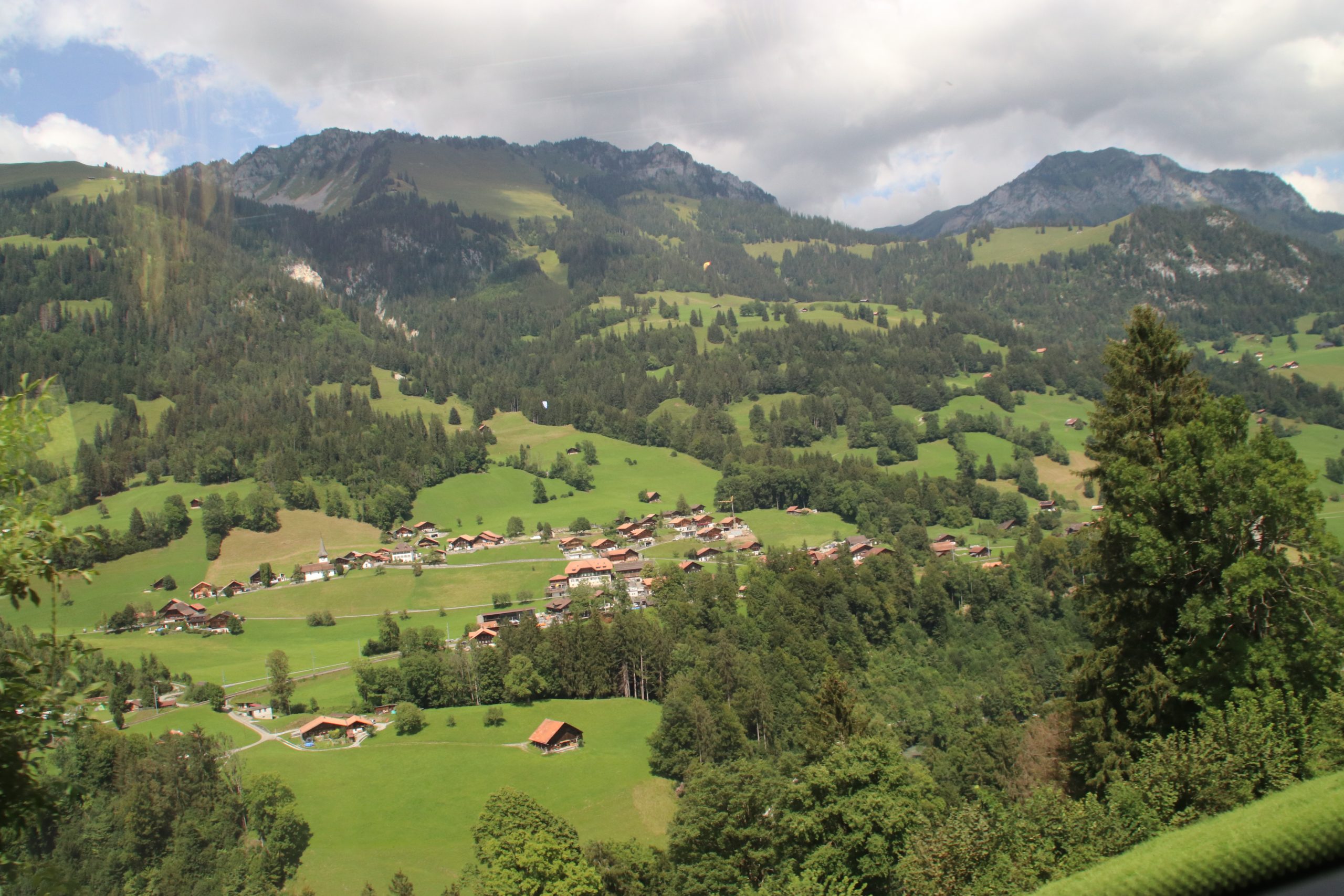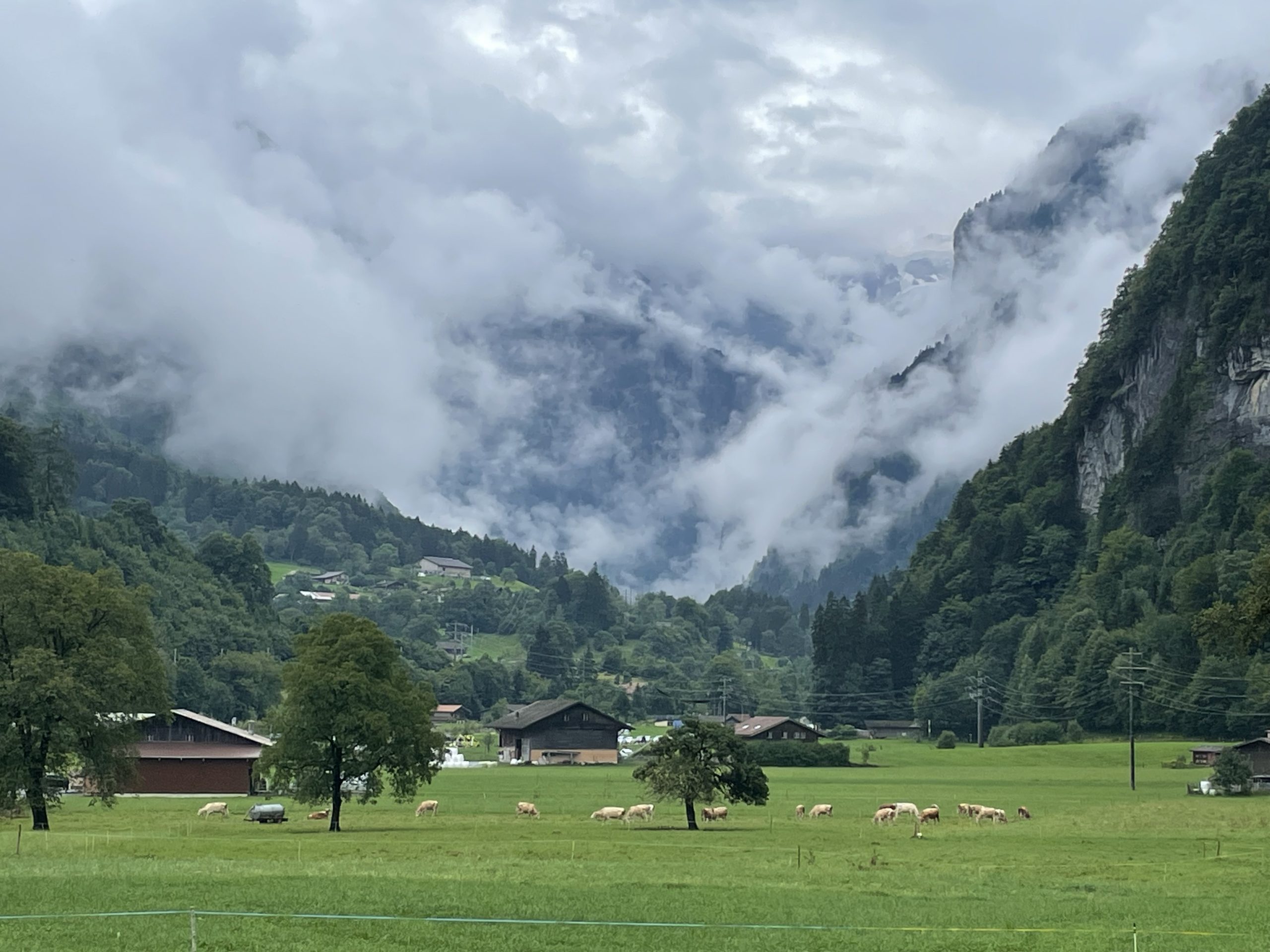By Harlen Persinger
Switzerland, officially The Swiss Confederation, is geographically divided among the Swiss Plateau, the Alps and the Jura. The Alps occupy the greater part of the territory. Most of the country’s 8.5 million people are concentrated in the plateau which hosts its largest cities and economic centers, including Zurich, Geneva and Lausanne.
Switzerland is among the world’s most developed countries with the highest normal wealth per adult and the eighth-highest gross domestic per capita. This European nation holds international reputations for it established banking centers and specialized industries like watch making and chocolate production.
The oldest traces of normal existence in Switzerland date to about 150,000 years ago. The oldest known farming settlements, found in Gachingen, date to around 5300 BC. Many small villages separated by high mountains often host unique ecologies. The mountains regions offer a rich range of plants not found in other altitudes. A third of the country is covered by forests and protecting this resource is a permanent undertaking.

Copyright 2023, Agricultural Communicators Network.

